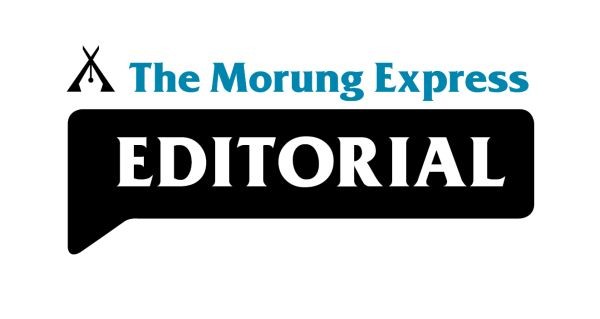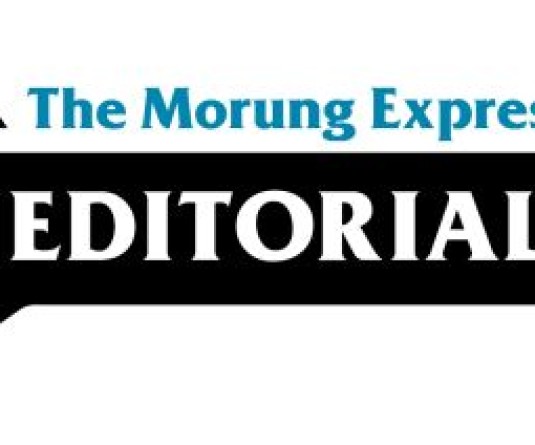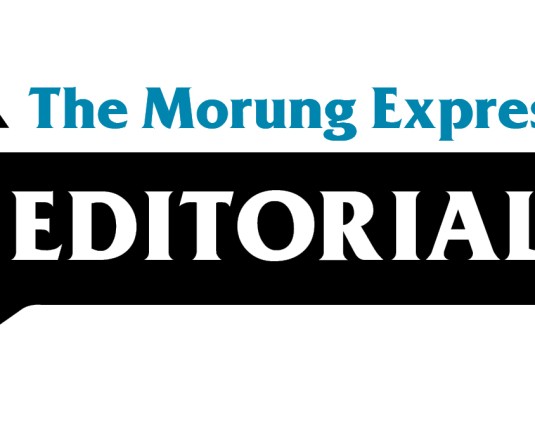
Moa Jamir
On November 16, Media in Nagaland joined the rest of India in observing National Press Day – a day symbolising a “free and responsible press in India.” The theme for this year, 'Role of Media in Nation Building’ given by the Press Council of India (PCI), on whose formation as the moral watchdog of the press, the day is observed, was curiously familiar and at the same time complex.
Nevertheless, as various media practitioners and others discussed the media’s role as an informer, educator, and a vital constructive public platform of discourse and synthesizing assorted perspectives, among others, the nation-building process in the context of India can also be identified with the central values embodied in the preamble of the constitution including - secular and democratic society as well as well-defined fundamental rights. Accordingly, professional media grounded in public interests is vital to foster a feeling of civic solidarity and helps create pluralistic and rational thinking in a diverse society like India.
However, the most vital role of media in nation-building is its role as the vibrant watchdog and safeguard of constitutional values as well as upholding universally accepted democratic norms. This entails, among others, holding ‘power-that-be’ accountable for any omission and commission, ensuring accountable governance and helping citizen makes informed choices based on constitutional and democratic values, rather than narrow partisan and polarised interests.
To do so, however, the media itself should be bounded by the values it espouses. In other words, it begs a pertinent question: “If media itself is not transparent and accountable to the public, how can it play the role of an active watchdog?
This is vital as the media industry in India has been witnessing the bourgeoning of news television channels, online and offline newspapers & magazines as well as other digital platforms in recent years. Likewise, large national and regional conglomerates, with diverse interests and operating in various mediums, have emerged with rapid corporatisation.
Regrettably, to a large extent, the current scenario is speckled with narrow partisan politics as well as geopolitical and religious interests, among others, often resulting in polarisation and harming the nation’s civic culture as well as the credibility of the media. Ergo, critical reflective practices, described by American philosopher Donald Schon as “the ability to reflect on one's actions so as to engage in a process of continuous learning," is essential for the media.
The most crucial issues among those are transparency and accountability as well as ownership. As the Reporters Without Borders’ Media Ownership Monitor (MOM) noted: “If the ownership rests within the hands of a certain group that have specific political or business affiliations the consequences are a compromised press freedom and unhealthy democracy.” The PCI’s Norms of Journalistic Conduct also recommended that “in the running of the newspaper, the managerial, administrative or business side of the newspaper has to be kept independent of its editorial side and should not be allowed to encroach upon or interfere with the editorial section…”
Further, for the media to itself accountable, two sets of Transparency are needed – Active and Passive. As per MOM, the former entails “companies/channel informs proactively and comprehensively about its ownership, data, constantly updated and easily verifiable” while the latter involves making such information easily available upon request.
If such parameters are applied in Nagaland, the print media fulfils some level of transparency and accountability as most establishments are registered with the Registrar of the Newspapers for India (RNI) and information on publisher/owner, editors, and others are publicly available. These establishments are also bounded by the PCI’s guidelines and other regulatory mechanisms. Nevertheless, most publications are privately-owned and sources of funds, apart from advertisement, are not in the public domain.
However, in recent times several news portals- visual and written have emerged in Nagaland, whose credentials are mostly unknown. Forget about ownership or editors, most lack websites or have ‘About Us’ sections, giving a brief overview of the website. In such a scenario, who is producing the news and for whom and for what purpose, are some disturbing concerns. Regulatory mechanisms, self or otherwise, are also missing.
Accordingly, the media in Nagaland must look internally and reflect on these issues and adopt reflective practices to truly act as a vibrant watchdog, question others and aid in nation-building.
For any comment, drop a line or two to jamir.moa@gmail.com





